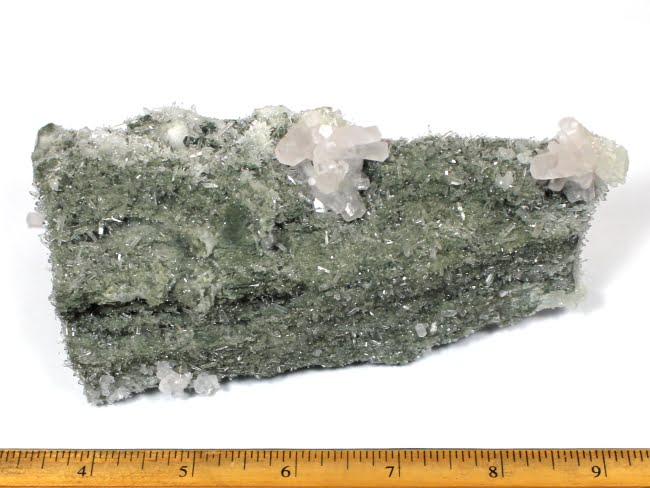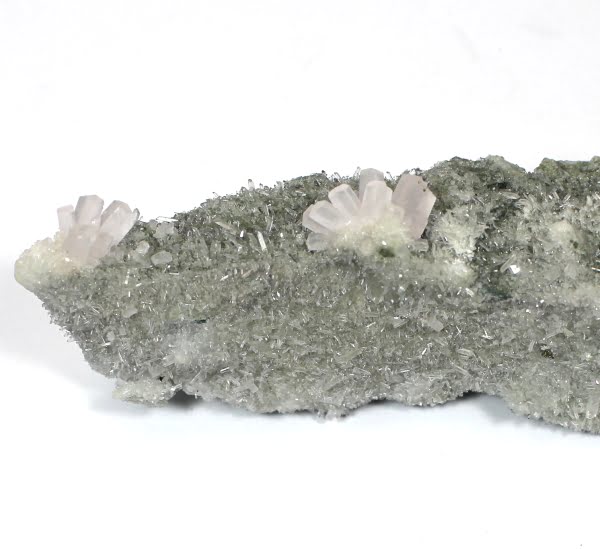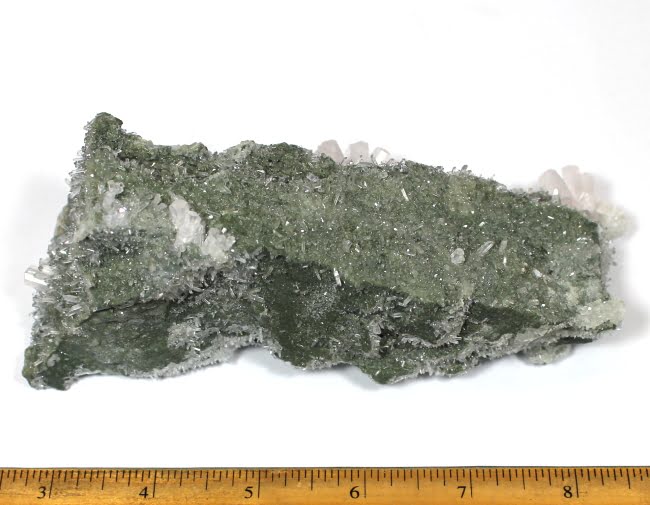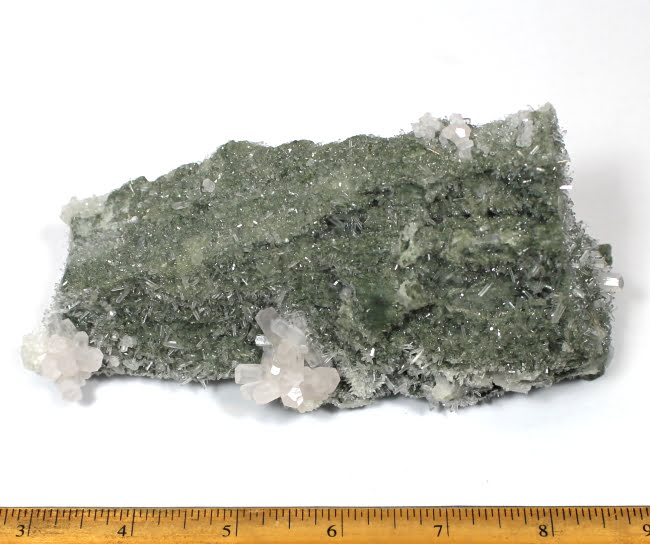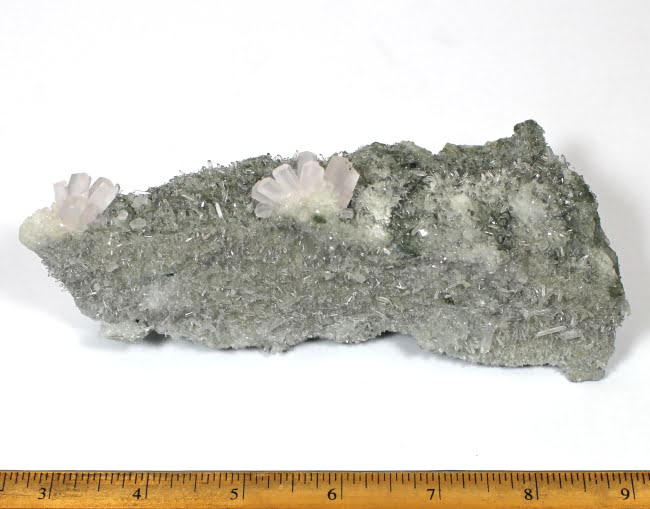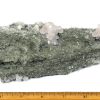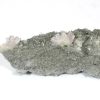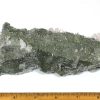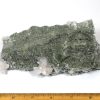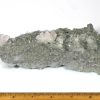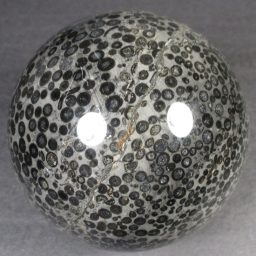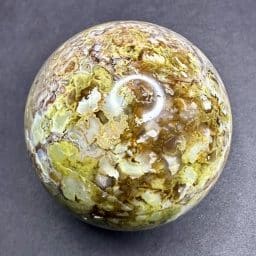Description
Quartz is the second most common mineral in the Earth’s continental crust. It is mainly composed of Silica or Silica based minerals. Although Quartz is known by a variety of names, the most important distinction between types of Quartz is that of macro-crystalline, individual crystals visible to the unaided eye, and micro-crystalline, where aggregates of crystals are only visible under high magnification. There are many forms of Quartz including Chalcedony, Amethyst, Citrine, and Carnelian which are results of mineral impurities or heat treatments.
Calcite is a Carbonate mineral that is most widely distributed on the Earth’s surface. It is a common constituent of sedimentary rocks with Limestone in particular. A Calcite formation can take on many different shapes and sizes which is dependent on the location, ground water occurrence and temperature. Calcite is usually white or colorless but can be gray, red, yellow, green, blue, violet, brown or black. The deeper the color is usually indicative of the definitive impurities from the earth or water.
